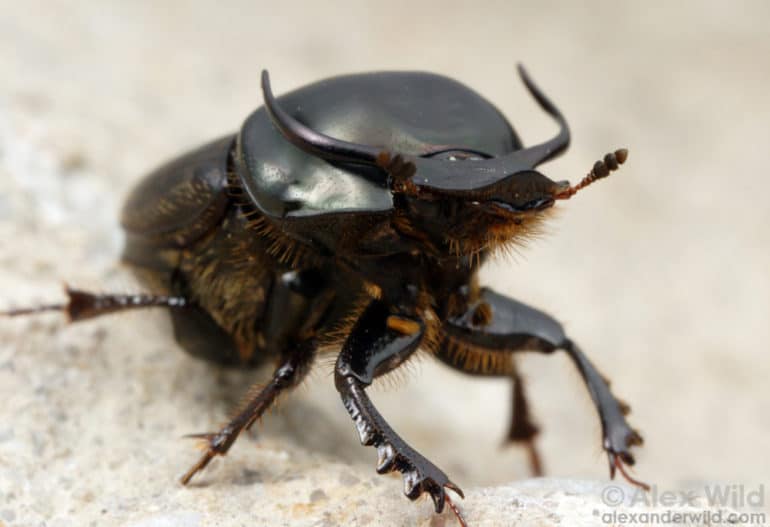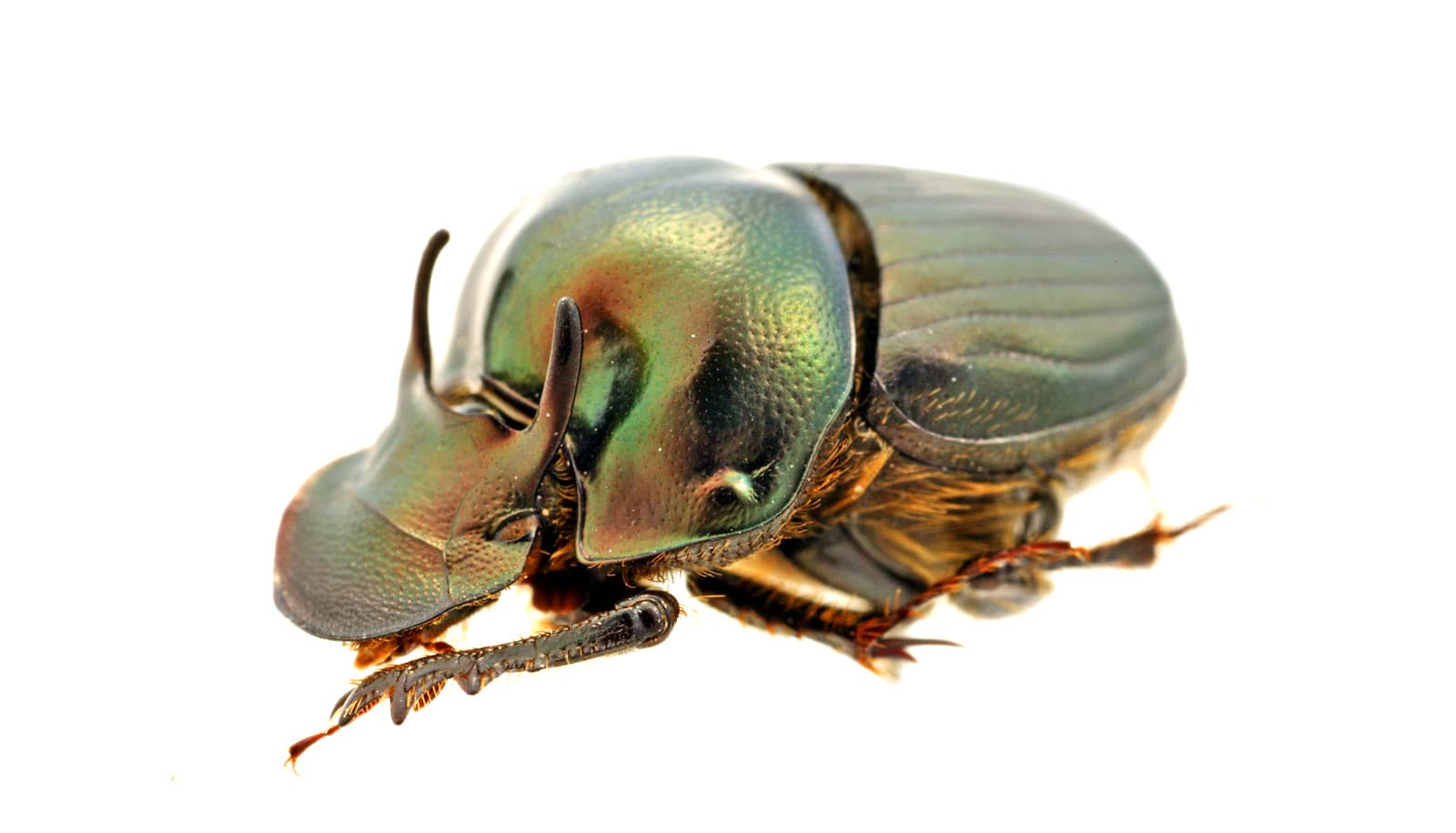A “master gene,” called the doublesex or dsx, plays a complex role in matching the right physical trait to the right sex, report researchers.
“We want to know more about this gene because it helps us answer a major question about development and evolution: How do animals with similar genomes—such as males and females of the same species—produce different versions of the same trait?” says Cris Ledón-Rettig, a postdoctoral researcher in the Indiana University biology department, who led the research.
“And why do some traits, like ornamental features that attract mates, vary so widely, while others, like legs, don’t?”

It’s not a ‘switch’
Published in Nature Communications, the study is the first to look at the effect of dsx across the whole genome. It finds that the gene isn’t simply a “switch” that turns off certain male traits in females, as previously thought. Rather, it plays a highly complex role in controlling the expression of physical differences at different points in the genome based upon sex.
These immune cells differ in males and females
The fine-grained control that dsx exerts over male and female traits is possible because the gene acts in a surprising variety of ways. By activating different genes in males and females, for example, it can promote male or female versions of the same trait, such as genitalia. Or, by activating the same genes in males while simultaneously inhibiting them in females, it can promote opposite traits.
“The power to prevent the expression of male traits in females, and vice versa, is a critical feature,” says senior author Armin Moczek, professor of biology. “It buffers traits that benefit only members of one sex from causing harm in members of the other.”
Beetle horns
An example of how this all works is the beetle Onthophagus taurus. Males have elaborate horns to battle rivals over females. But horns like these don’t offer a similar reproductive advantage to females—and would even interfere with their ability to dig tunnels used to nest offspring.
A similar dynamic exists in birds. Higher testosterone attracts more mates in male birds due to greater aggression but decreases maternal instinct in females.
Both examples underline the tension that can exist between natural selection—which favors traits that promote a species’ survival and sexual selection—which favors traits that attract mates. If a species lacks this ability to “buffer” between male and female traits, it can go extinct.
Why some animals look showy but others play it safe
To conduct the study, scientists compared genes expressed in normal beetles to genes expressed in beetles in which dsx was suppressed. The comparison revealed over 1,000 points on the genome in normal beetles where dsx affected gene expression in males and over 250 points where it affected gene expression in females.
Importantly, the majority of these points did not overlap. This indicates that dsx didn’t simply turn certain genes “on” or “off” for most of the traits studied but rather affected gene expression at different locations in the genome based on sex.
“Essentially, dsx instructs the development of male and female versions of the same trait by influencing different genes in each sex,” Ledón-Rettig says.
This was especially the case when they looked at the effect of dsx on the brains, which regulates sex-specific behaviors, and genitalia, used in reproduction. But for one trait—head horns—the study showed that dsx sometimes targets the exact same genes in both sexes.
In this situation, dsx regulated the genes in opposite directions, creating completely horned males and completely hornless females. When the scientists disabled dsx, both sexes developed similarly sized intermediate horns.
“We’re eager to extend our work on role of dsx—and other genes—to sexual differences across other, closely related species of beetles,” Ledón-Rettig says. “These beetles are really a powerful platform for unraveling the fundamental mechanisms that underlie evolutionary diversification of sexual traits across species.”
Partial funding for the work came from the National Science Foundation.
Source: Indiana University



